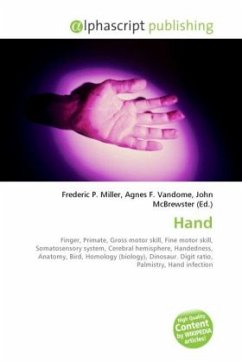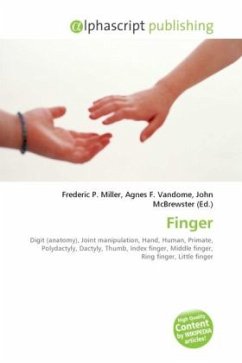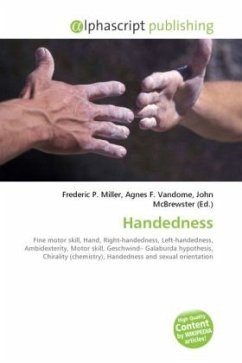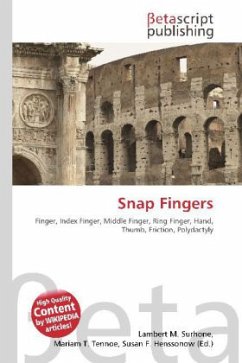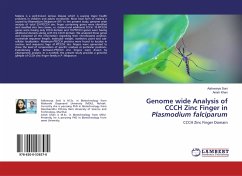The hands are the two intricate, prehensile, multi-fingered body parts normally located at the end of each arm of a primate. They are the chief organs for physically manipulating the environment, used for both gross motor skills (such as grasping a large object) and fine motor skills (such as picking up a small pebble). The fingertips contain some of the densest areas of nerve endings on the body, are the richest source of tactile feedback, and have the greatest positioning capability of the body; thus the sense of touch is intimately associated with hands. Like other paired organs (eyes, ears, legs), each hand is dominantly controlled by the opposing brain hemisphere, and thus handedness, or preferred hand choice for single-handed activities such as writing with a pen, reflects a significant individual trait. Some evolutionary anatomists use hand to refer more generally to the appendage of digits on the forelimb, for example, in the context of whether the three digits of the bird hand involved the same homologous loss of two digits as in the dinosaur hand.

